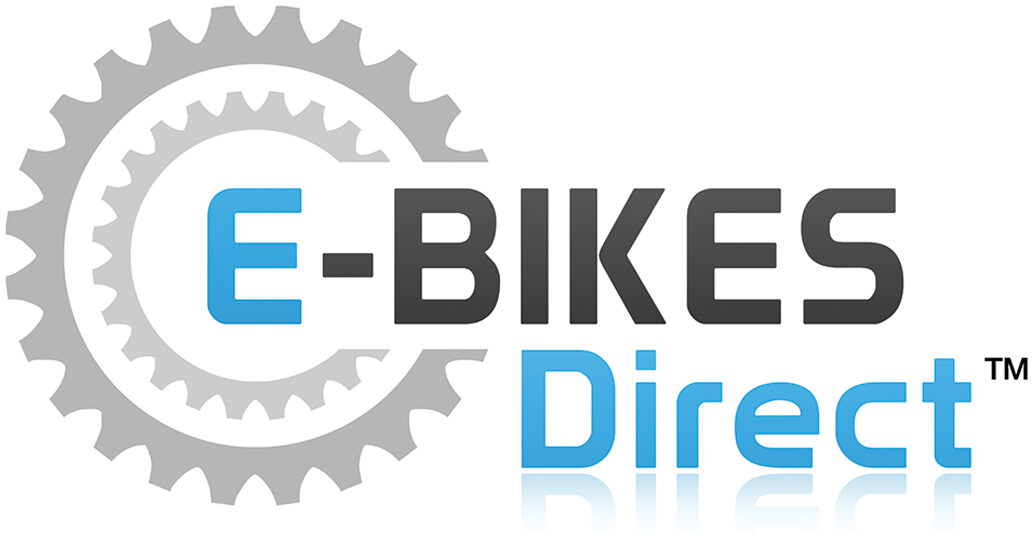
4.3 million people are now living with a diagnosis of diabetes in the UK.
We know that approximately 90% of diagnoses are of type 2 diabetes, and around 8% of diagnoses are type 1 diabetes, with the other forms of the condition making up the remaining 2%.
Diabetes.org estimate there are an additional 850,000 people living with diabetes who are yet to be diagnosed, bringing the overall UK-wide figure beyond five million.
Cycling can be an excellent form of exercise for individuals with diabetes, particularly type 2 diabetes. It offers a range of benefits that contribute to better blood sugar control, improved cardiovascular health, and overall well-being.
There are 2 main types of diabetes:
- Type 1 diabetes – a lifelong condition where the body’s immune system attacks and destroys the cells that produce insulin
- Type 2 diabetes – where the body does not produce enough insulin, or the body’s cells do not react to insulin properly
Type 2 diabetes is far more common than type 1. In the UK, over 90% of all adults with diabetes have type 2.
The amount of sugar in the blood is controlled by a hormone called insulin, which is produced by the pancreas (a gland behind the stomach). When food is digested and enters your bloodstream, insulin moves glucose out of the blood and into cells, where it’s broken down to produce energy. However, if you have diabetes, your body is unable to break down glucose into energy. This is because there’s either not enough insulin to move the glucose, or the insulin produced does not work correctly.
There are no lifestyle changes you can make to lower your risk of type 1 diabetes.
But you can reduce the risk of type 2 diabetes through healthy eating, regular exercise, and achieving a healthy body weight.
Cycling and Diabetes
For those who have trouble riding a regular push bike, Electric Bikes can be an excellent alternative!
Electric bikes offer an enjoyable and exciting riding experience. The combination of manual pedalling and motor assistance can be a lot of fun, making your rides more engaging and entertaining.
E-Bikes such as the Basis Protocol or the Dallingridge Harlow have the benefit of assisted pedalling, which provides varied assistance while you ride. This is especially useful for individuals who may have physical limitations, are recovering from injuries, or are less fit, as the motor can help compensate for reduced strength or stamina.
E-Bikes offer the user extended range by providing extra power and range from the battery, allowing the rider to cover greater distances without getting too hot or sweaty!
Exercise and Tackling Type 2 Diabetes
Type 2 diabetes often develops slowly over time and is often associated with factors such as obesity, lack of physical activity, poor diet, and genetic predisposition. It is more commonly diagnosed in adults, but it can also occur in children and adolescents, especially with the rise in childhood obesity.
Lifestyle changes are a cornerstone of managing Type 2 diabetes. These include adopting a healthy diet that’s rich in whole grains, lean proteins, fruits, and vegetables, as well as engaging in regular physical activity to help improve insulin sensitivity. Medications may also be prescribed to help control blood sugar levels. In some cases, insulin therapy might be necessary if oral medications are not sufficient to manage the condition.
As mentioned, a great way to help prevent and manage type 2 diabetes is to keep active. From a stroll in the park, taking the dog for a walk or just cycling to work, these can all help to fight against diabetes.
Exercise plays a crucial role in managing Type 2 diabetes by offering a variety of benefits that help improve blood sugar control, insulin sensitivity, and overall health.
Improved Insulin Sensitivity: Regular physical activity helps the body become more sensitive to insulin, meaning that the cells are better able to use insulin to absorb glucose from the bloodstream. This can lead to better blood sugar control and reduced insulin resistance.
Lowered Blood Sugar Levels: Exercise causes muscles to take up glucose from the bloodstream to use as energy, which can lead to a decrease in blood sugar levels. This effect can last even after the exercise session is over, particularly with consistent physical activity.
Weight Management: Exercise can aid in weight loss or weight maintenance, which is important for managing Type 2 diabetes. Excess body weight is often associated with insulin resistance, and losing weight can lead to improved blood sugar control.
Support Diabetes UK and the UK Wide Cycle Ride 2023
Diabetes UK has a mission to make a world where diabetes can do no harm. Leading the fight against the UK’s biggest and growing health crisis, a fight that involves us all – sharing knowledge and taking on diabetes together.
This October, take your fitness up a gear and cycle across the UK virtually, your way. Whether you’re a weekend warrior, take it a mile at a time, or like to feel the burn on the spin bike, choose a distance that suits you then complete it however and wherever you want.
The challenge starts from the 1st to the 31st October 2023, simply pick from 150, 300, 500 miles or choose your own distance- then complete it however and wherever you want. Log your rides via the Strava app or through your profile page each time you head out. There’s no minimum sponsorship amount, but rewards are available based on your fundraising – including the event medal as well as official Diabetes UK cycling caps and jerseys. More info is available on the Rewards Page.
You can sign up and learn more about Diabetes UK, sponsorship, and donations here.
Go the extra mile for people affected by diabetes.
Head to Diabetes UK for more information about Diabetes and all the work they are doing to support the fight against Diabetes.
Visit here for more information on the UK Wide Cycle Ride and how you can take part.










